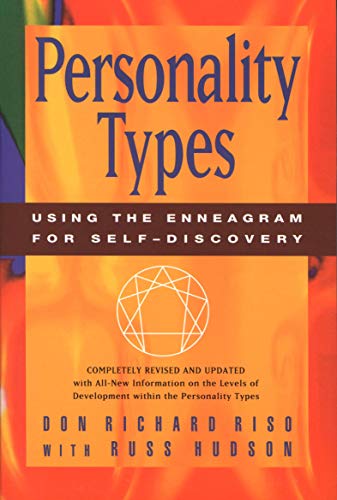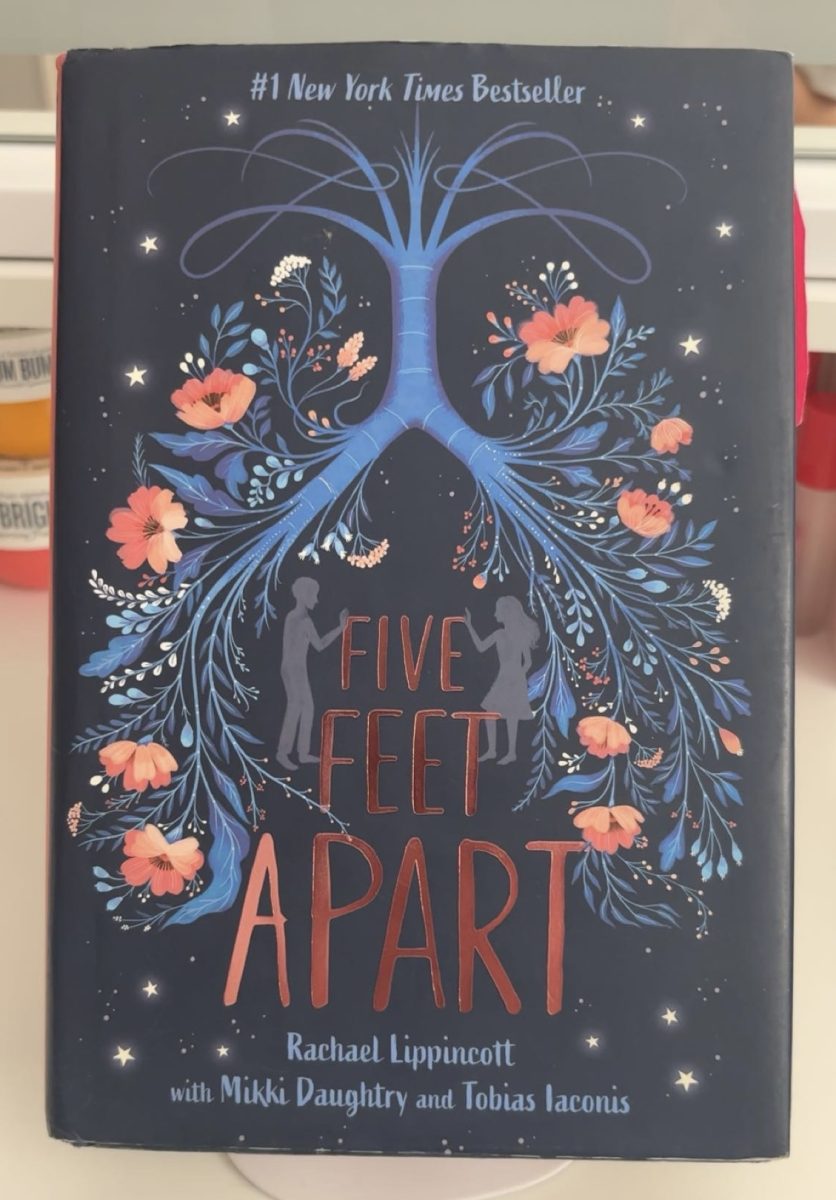Enneagram Theory is commonly used as a self-help tool people use to discover themes within themselves. The nine-type system has provided help within the mental health field for years, and users have become more self-aware. Don Riso’s “Personality Types: Using the Enneagram for Self-Discovery” dives deeper into the context of the Enneagram.
Enneagram Theory
The Enneagram Theory is a nine-point diagram that people use to assess personality types. “Personality Types” also explains its Greek origin behind the meaning of “ennea”. The Enneagram itself are spiritual theories collected by Bolivian teacher Oscar Ichazo. It wasn’t until the 1960s when the diagram was used to assess personality types.
The Enneagram is divided into three groups called triads. Each triad is centered around different gifts and liabilities. Types nine, eight, and one are found in the instinctive center. Two, three, and four are found in the feeling center. Lastly, five, six, and seven are found in the thinking center. One of the three types in each center is either in touch, out of touch, or in conflict with the triad’s motives.
Structure of triads
For example, the feeling center has gifts and liabilities involving a user’s emotions. Two over-expresses feeling, and comes off histrionic at times. Threes are out of touch with their feelings so they can focus on maximizing and efficiency. Fours are out of touch with feeling, so they reveal emotion indirectly through art.
Types three, six, and nine are considered the “primary” personality types because they’re the most out of touch with their centers. The remaining types are considered “secondary”. Regardless of triad, everyone has the ability to tap into thinking, feeling, and instinct.
Personality types can never change, and they’re based on trauma we experienced in life. The Enneagram works as a guide for people to understand their deepest core motivations and trauma.
Wings and directions
It’s important to understand that most people are a blend between their overall personality type and the type next to them. The basic personality type determines your overall personality, but a wing can flavor some of that. It makes a personality more nuanced. In some cases, the wing can have more influence than in other users.
It’s been described that one wing has more dominance than the other. For example, Enneagram six is a trouble-shooter who finds problems and solves them. They’re built on anxiety, but their neighbor seven is less committed and more free-spirited. A six-wing seven is focused on commitment and anxiety but also has a sillier, laid-back side.
It’s even theorized that users go to other types during stress and growth. For example, a positive and empathetic type two can become aggressive and ruthless at type eight. Sevens who need to become more organized in thought go to type five in growth.
Users can learn from their areas of development as a way to contend with certain issues that may arise. It may also lead to a person’s overall growth and emotional development.
Levels of development
The levels of development offer a healthy section, an average section, and an unhealthy section. Certain traits of each type can be seen at different levels. An unhealthy two may appear more clingy and possessive. Important traits are noted in the book on a continuum from healthy to unhealthy.
Riso wrote, “The Levels help make sense of each personality type as a whole by providing a framework upon
which to place each healthy, average, and unhealthy trait.” In the healthy range, users are able to move toward growth and self-awareness.
Moving towards the direction of disintegration clarifies to readers that one is focused on their usual coping mechanisms. A user can only reach the direction of integration if they consciously work on their issues and goals. You cannot condemn yourself for your failures because anxiety can lead to lower levels of development.
The Enneagram Theory wants its users to realize their habitual thoughts, reactions, and behaviors, and to work against them to lead to a better direction. The risk of comfort in losing these ideas can cause pain, but it’s necessary to reach to a better point emotionally. Riso also goes on to mention, “Indeed, observing our fears, hurts, and weaknesses without judgment and without justification is one of the most compassionate things we can do for ourselves, and it frees us to extend this gift to others.”













